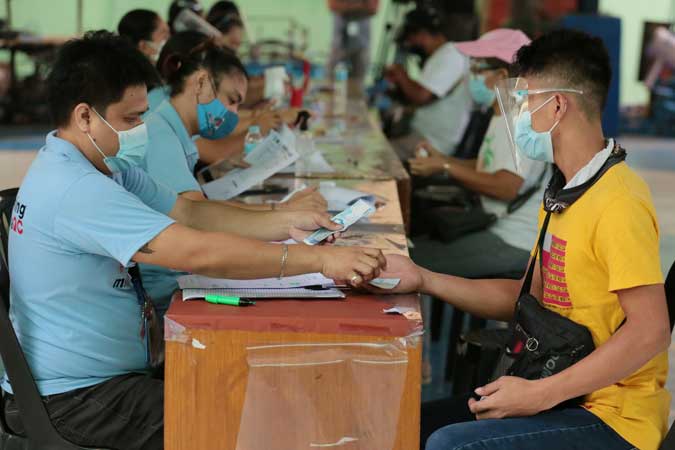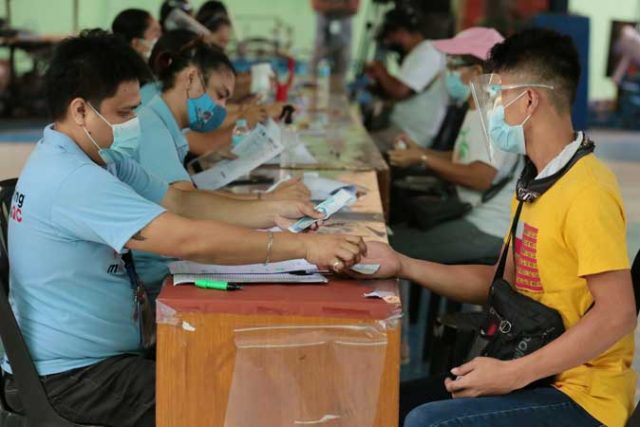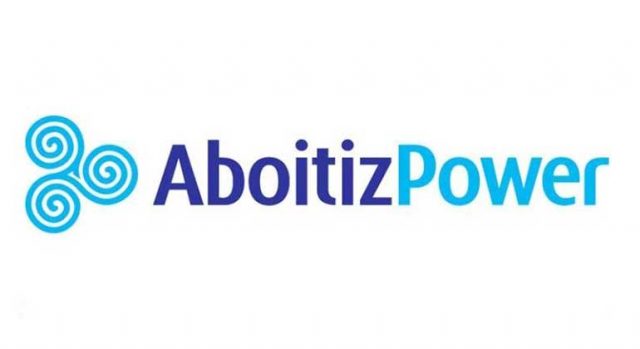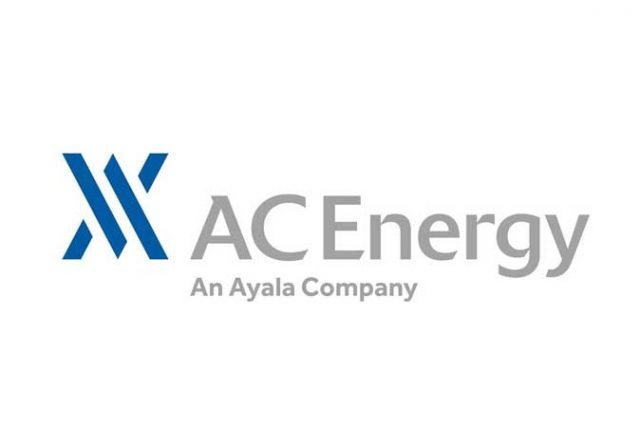DoF sees 7.4% GDP growth in 2022

THE GOVERNMENT is expecting the economy to grow by at least 7.4% under a “no-lockdown” scenario in 2022, but unemployment and poverty rates will likely remain high, the Finance department said.
“With the resurgence of domestic economic activity, the country’s real GDP (gross domestic product) may return to pre-COVID-19 (coronavirus disease 2019) levels by 2022. In the base case scenario, it is expected that real GDP will grow by 7.4 percent in 2022,” the Department of Finance (DoF) said in an economic bulletin.
The government set a 7-9% GDP growth target for 2022, which the Department of Finance (DoF) said will be achieved “with proper management of risks brought about by the COVID-19 pandemic and a calibrated gradual reopening of the economy but with strict adherence to the minimum public health standards.”
Even with a generally positive outlook on economic growth, the DoF said unemployment and poverty remain to be major challenges next year.
The unemployment rate will likely remain high at around 6.7-7.6% next year. This is lower than the all-time high jobless rate of 10% in 2020 but still above 2019’s 5.1%.
“Poverty incidence may gradually improve but further measures are needed to reach the original target of 14% by 2022 which include transfers to the bottom 50% of the population,” the DoF said.
While acknowledging the need to extend cash aid to the poor, the DoF stressed the need to deliver the “delicate balancing act to support the economy without going broke.”
“Furthermore, there will be limits to what a stimulus could do given that there are still so many unknowns about the virus and the nimbleness of its mutations,” it added.
Data showed the country’s unemployment rate hit 7.7% in June, with 3.764 million Filipinos unable to find work. The underemployment rate, or the number of those employed but wanting more work, worsened to 14.2% in June from 12.3% in the prior month.
The government released P665.7 billion so far since last year as part of its response to the pandemic, which includes the higher budget for the Health sector, P205 billion worth of cash handouts and the P50-billion wage subsidy program last year, as well as the P160-billion second stimulus package.
There have been calls for a third stimulus package worth up to P400 billion to further support the economy’s recovery and to minimize the long-term impact of the pandemic, as strict lockdowns are reimposed to curb the spread of more infectious COVID-19 variants.
Private investments are seen to be a major growth driver next year, with the DoF estimating a 35.4% increase, under the base case scenario that the government will no longer impose community quarantines in 2022.
Despite the strong rebound in capital formation, the DoF said expansion in household and government spending will be muted next year.
Personal consumption — which accounts for 70% of GDP — is seen picking up by 1.5% this year and inch up further to 2% in 2022, while growth in government spending will likely slow down to 1% next year from the expected 23.8% rise this year.
For the three major economic sectors, the DoF said the industry sector is likely to rise by 7.8% in 2021 and by 11.1% in 2022. Manufacturing is expected to grow by 7% and 5% this year and next year, respectively.
The services sector is seen to increase by 3.8% in 2021 and by 6.3% next year, while the agriculture sector’s growth will inch up by 1.8% this year followed by a 2.7% uptick in 2022.
Latest official data showed the economy grew by 11.8% in the second quarter, ending five consecutive quarters of decline. This was a turnaround from the 3.9% contraction in the first quarter and the record 17% slump in the second quarter of 2020.
The second-quarter GDP growth was largely supported by the 75.5% surge in investments, 27% rise in trade and the 7.2% increase in household spending. However, this was tempered by the 4.9% drop in government spending.
The Philippine economy has to grow by at least 8.2% in the second half to reach the low end of the government’s 6-7% target for the year. — B.M.Laforga



 The mental health impact of the pandemic will be “long-term and far-reaching,” the WHO said in a statement last month, as experts and leaders sought action on pandemic-linked anxiety and stress. “Everyone is affected in one way or another.”
The mental health impact of the pandemic will be “long-term and far-reaching,” the WHO said in a statement last month, as experts and leaders sought action on pandemic-linked anxiety and stress. “Everyone is affected in one way or another.”








